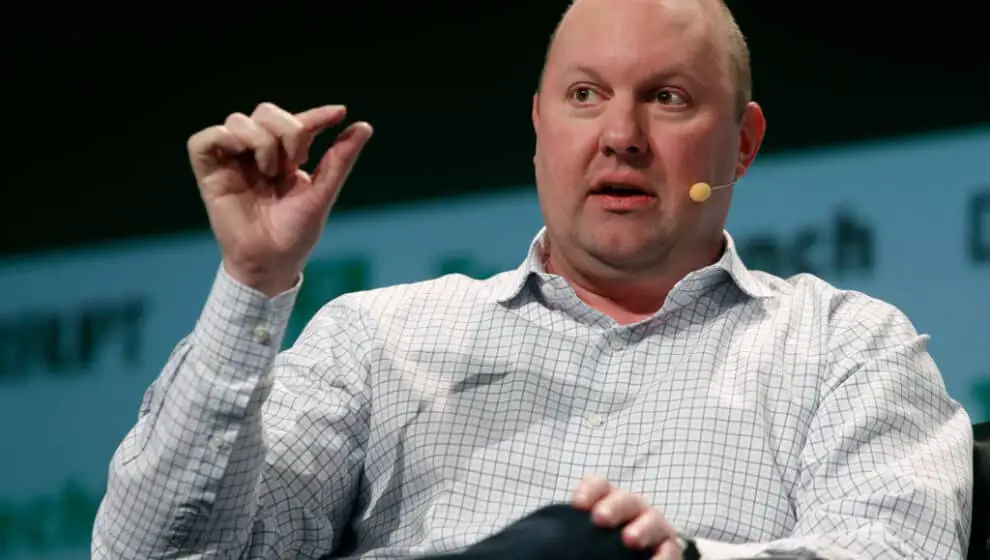Where prices have increased—like healthcare and housing—are heavily regulated, while areas where prices have declined—like vehicles and electronics—are regulated less, says the venture capitalist.
Key Details
- In his newsletter, Andreessen Horowitz head Marc Andreessen addressed growing concerns that technology would soon replace the human workforce, pointing out that worries about the “job apocalypse” have always been around.
- Andreessen says there have been two “anti-technology jobs moral panics” in recent years—the outsourcing of the jobs made possible through the internet and the rise of robotics in the 2010s.
- Following these panics, Andreessen says the economy experienced some of the best growth and higher job rates than ever before.
- The third wave of this panic is artificial intelligence (AI), Andreessen explains. However, Andreessen says that AI will not pose a problem for the American economy.
- “Another problem will block the progress of AI across most of the economy first. Which is: AI is already illegal for most of the economy and will be for virtually all of the economy,” he says.
Why it’s news
Andreessen argues that most of the workforce won’t have to worry about AI taking over their jobs because technology is not allowed to grow in certain industries. To support his claim, Andreessen points to a chart from the American Enterprise Institute.

The chart details price changes in critical areas of the economy, including medical care, colleges, food, housing, vehicles, clothing, and electronics. The chart reveals a divide where certain products have come down in price over the years while others have continued to climb.
“We actually live in two different economies,” Andreessen says. “The lines in blue are the sectors where technological innovation is allowed to push down prices while increasing quality. The lines in red are the sectors where technological innovation is not permitted to push down prices. In fact, the prices of education, health care, and housing as well as anything provided or controlled by the government are going to the moon, even as those sectors are technologically stagnant.”
The cause of this price divide, Andreessen says, is that sectors where prices have increased—like healthcare and housing—are heavily regulated, while areas where prices have declined—like vehicles and electronics—are regulated less.
In these less regulated sectors, Andreessen says that technological development is more easily able to push prices down and increase product quality. Over time, the regulated products will grow more expensive, and less-regulated products will become cheaper. Andreessen says this will cause the less-regulated areas to shrink, and eventually, most of the economy will be made up of the non-tech sectors.
Because of this, Andreessen says that worries over AI replacing the human workforce are unfounded.
Notable quotes
“We are heading into a world where a flat-screen TV that covers your entire wall costs $100, and a four-year college degree costs $1 million, and nobody has anything even resembling a proposal on how to systemically fix this,” Andreessen says.
